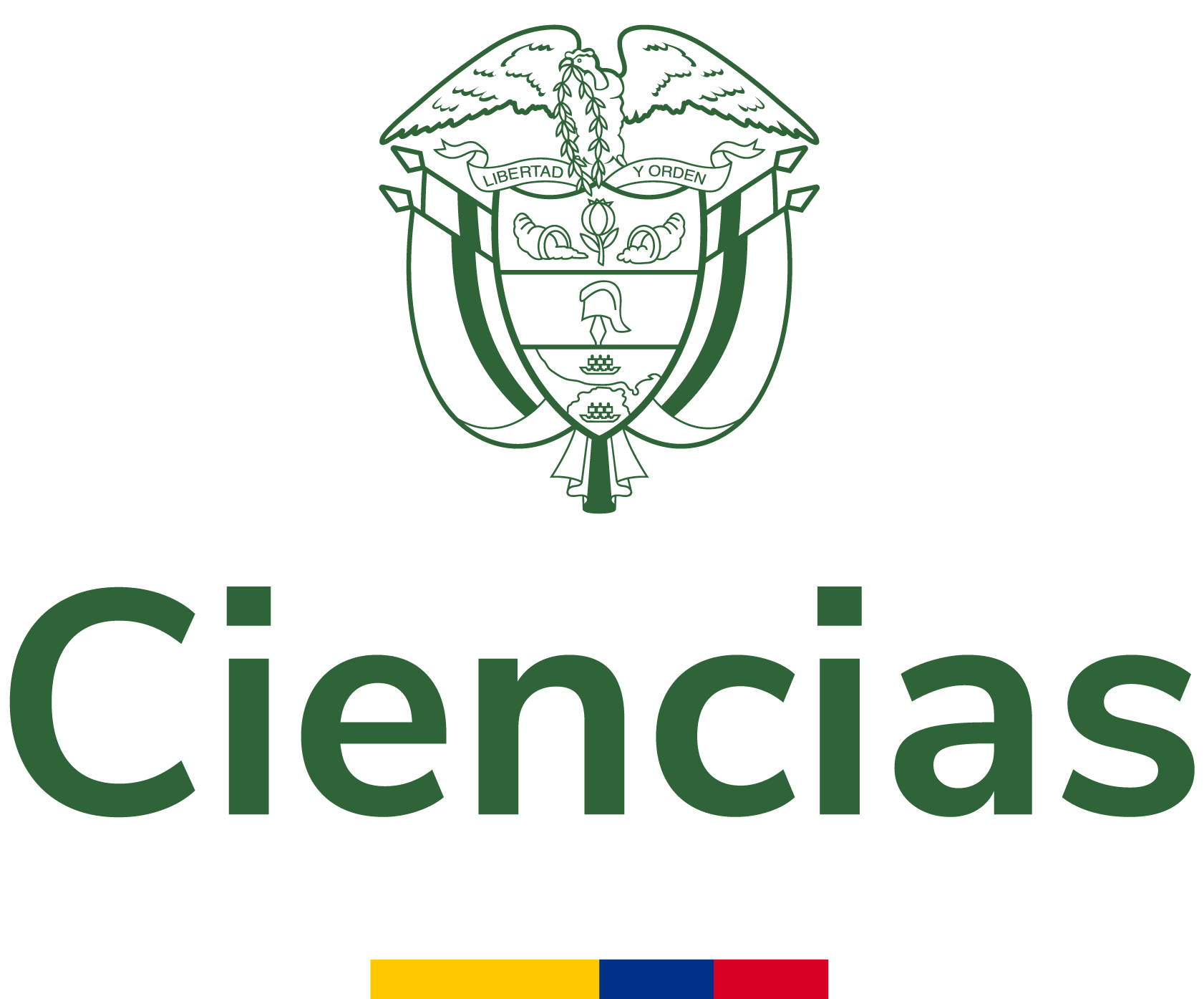Ergonomics for the disabled. A proposal for wheelchair ergonomic and economic
Having as premise the purpose of Industrial Design: "Improving the quality of individualand collective life through objects" and highlighting the struggle that has been done forpeople with reduced mobility to achieve equal participation in the context of the daily lifewich has become a par...
- Autores:
- Tipo de recurso:
- Fecha de publicación:
- 2019
- Institución:
- Universidad Católica de Pereira
- Repositorio:
- Repositorio Institucional - RIBUC
- Idioma:
- spa
- OAI Identifier:
- oai:repositorio.ucp.edu.co:10785/15117
- Acceso en línea:
- https://revistas.ucp.edu.co/index.php/arquetipo/article/view/1076
http://hdl.handle.net/10785/15117
- Palabra clave:
- Rights
- openAccess
- License
- Derechos de autor 2019 Arquetipo
| id |
RepoRIBUC_a2f33e25689309014052dcc63f4258c8 |
|---|---|
| oai_identifier_str |
oai:repositorio.ucp.edu.co:10785/15117 |
| network_acronym_str |
RepoRIBUC |
| network_name_str |
Repositorio Institucional - RIBUC |
| repository_id_str |
|
| spelling |
Ergonomics for the disabled. A proposal for wheelchair ergonomic and economicErgonomía para la discapacidad. Una propuesta de silla de ruedas ergonómica y económicaHaving as premise the purpose of Industrial Design: "Improving the quality of individualand collective life through objects" and highlighting the struggle that has been done forpeople with reduced mobility to achieve equal participation in the context of the daily lifewich has become a paradigm in defense of diversity and search for innovative andinclusive solutions for the future of humanity, Group Design, Technology and Culture (GDTC) through the line of Ergonomics proposed the project "Design Ergonomics anddisability "which generally aim is design a wheelchair validating the design methodologywith emphasis in ergonomics to design for people with reduced mobility by promotingtheir access to different home spaces and facilitating urban welfare and a quality life.Teniendo como premisa la finalidad del Diseño Industrial “Mejorar la calidad de vida individual y colectiva, a través de los objetos” y resaltando la lucha que las personas con movilidad reducida vienen desarrollando para lograr la participación y la igualdad el entorno, la cual se ha constituido en un paradigma de la defensa de la diversidad y de la búsqueda de soluciones innovadoras e inclusivas para el futuro de la Humanidad, el Grupo Diseño, Tecnología y Cultura (G-DTC) a través de la línea de Ergonomía propone el proyecto “Diseño y Ergonomía para la Discapacidad” el cual tiene como objetivo general diseñar una silla de ruedas a través de la cual se logre convalidar la metodología de diseño con énfasis ergonómico dirigida a la proyección de diseños para personas con discapacidad favoreciendo su acceso a los diferentes espacios de su hogar y urbanos facilitando así bienestar social y de la calidad de vida.Universidad Católica de Pereira2023-08-30T00:46:17Z2023-08-30T00:46:17Z2019-08-28Artículo de revistahttp://purl.org/coar/resource_type/c_6501http://purl.org/coar/version/c_970fb48d4fbd8a85info:eu-repo/semantics/articleinfo:eu-repo/semantics/publishedVersionhttp://purl.org/coar/resource_type/c_2df8fbb1application/pdfhttps://revistas.ucp.edu.co/index.php/arquetipo/article/view/1076http://hdl.handle.net/10785/15117Arquetipo; Núm. 3 (2011); 95-1082539-39362215-9444spahttps://revistas.ucp.edu.co/index.php/arquetipo/article/view/1076/1056Derechos de autor 2019 Arquetipohttps://creativecommons.org/licenses/by-nc/4.0/deed.es_EShttps://creativecommons.org/licenses/by-nc/4.0/deed.es_ESinfo:eu-repo/semantics/openAccesshttp://purl.org/coar/access_right/c_abf2Herrera Saray, PatriciaMayoral Milán, Danieloai:repositorio.ucp.edu.co:10785/151172025-01-27T23:58:54Z |
| dc.title.none.fl_str_mv |
Ergonomics for the disabled. A proposal for wheelchair ergonomic and economic Ergonomía para la discapacidad. Una propuesta de silla de ruedas ergonómica y económica |
| title |
Ergonomics for the disabled. A proposal for wheelchair ergonomic and economic |
| spellingShingle |
Ergonomics for the disabled. A proposal for wheelchair ergonomic and economic |
| title_short |
Ergonomics for the disabled. A proposal for wheelchair ergonomic and economic |
| title_full |
Ergonomics for the disabled. A proposal for wheelchair ergonomic and economic |
| title_fullStr |
Ergonomics for the disabled. A proposal for wheelchair ergonomic and economic |
| title_full_unstemmed |
Ergonomics for the disabled. A proposal for wheelchair ergonomic and economic |
| title_sort |
Ergonomics for the disabled. A proposal for wheelchair ergonomic and economic |
| description |
Having as premise the purpose of Industrial Design: "Improving the quality of individualand collective life through objects" and highlighting the struggle that has been done forpeople with reduced mobility to achieve equal participation in the context of the daily lifewich has become a paradigm in defense of diversity and search for innovative andinclusive solutions for the future of humanity, Group Design, Technology and Culture (GDTC) through the line of Ergonomics proposed the project "Design Ergonomics anddisability "which generally aim is design a wheelchair validating the design methodologywith emphasis in ergonomics to design for people with reduced mobility by promotingtheir access to different home spaces and facilitating urban welfare and a quality life. |
| publishDate |
2019 |
| dc.date.none.fl_str_mv |
2019-08-28 2023-08-30T00:46:17Z 2023-08-30T00:46:17Z |
| dc.type.none.fl_str_mv |
Artículo de revista http://purl.org/coar/resource_type/c_6501 http://purl.org/coar/version/c_970fb48d4fbd8a85 info:eu-repo/semantics/article info:eu-repo/semantics/publishedVersion |
| dc.type.coar.fl_str_mv |
http://purl.org/coar/resource_type/c_2df8fbb1 |
| status_str |
publishedVersion |
| dc.identifier.none.fl_str_mv |
https://revistas.ucp.edu.co/index.php/arquetipo/article/view/1076 http://hdl.handle.net/10785/15117 |
| url |
https://revistas.ucp.edu.co/index.php/arquetipo/article/view/1076 http://hdl.handle.net/10785/15117 |
| dc.language.none.fl_str_mv |
spa |
| language |
spa |
| dc.relation.none.fl_str_mv |
https://revistas.ucp.edu.co/index.php/arquetipo/article/view/1076/1056 |
| dc.rights.none.fl_str_mv |
Derechos de autor 2019 Arquetipo https://creativecommons.org/licenses/by-nc/4.0/deed.es_ES https://creativecommons.org/licenses/by-nc/4.0/deed.es_ES info:eu-repo/semantics/openAccess http://purl.org/coar/access_right/c_abf2 |
| rights_invalid_str_mv |
Derechos de autor 2019 Arquetipo https://creativecommons.org/licenses/by-nc/4.0/deed.es_ES http://purl.org/coar/access_right/c_abf2 |
| eu_rights_str_mv |
openAccess |
| dc.format.none.fl_str_mv |
application/pdf |
| dc.publisher.none.fl_str_mv |
Universidad Católica de Pereira |
| publisher.none.fl_str_mv |
Universidad Católica de Pereira |
| dc.source.none.fl_str_mv |
Arquetipo; Núm. 3 (2011); 95-108 2539-3936 2215-9444 |
| institution |
Universidad Católica de Pereira |
| repository.name.fl_str_mv |
|
| repository.mail.fl_str_mv |
|
| _version_ |
1844494661459116032 |






